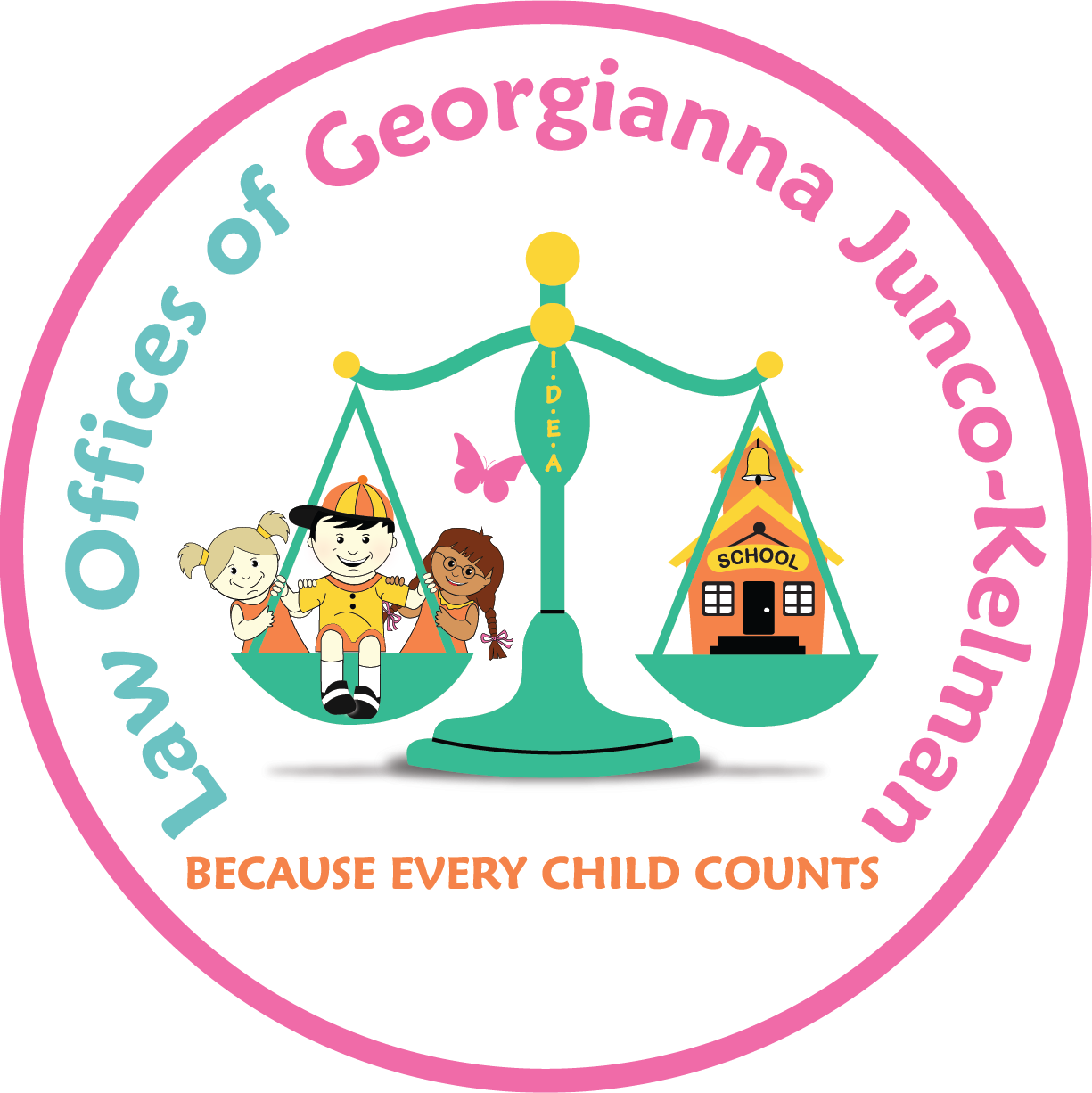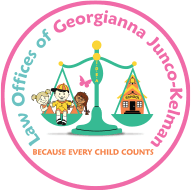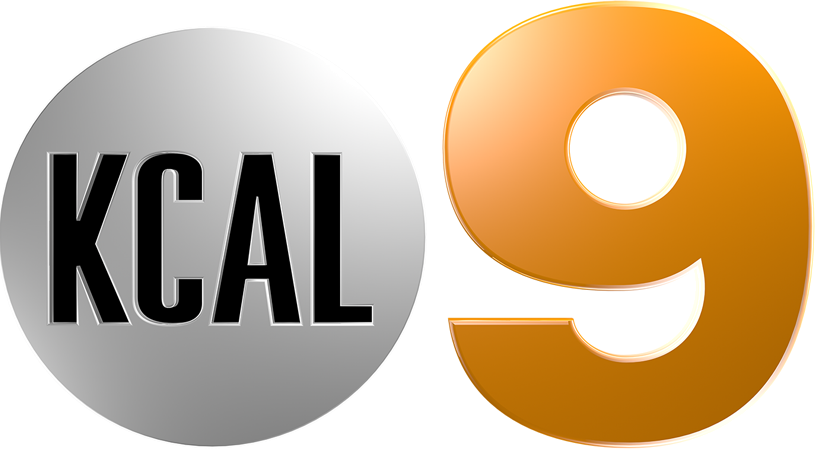
Glossary of Special Education Terms
Parents should have a good working knowledge of their child’s strengths and deficits and have a strong grasp of the terminology that comes with the terrain. Following are a number of terms :
A
Accommodations. Changes in how test is administered that do not substantially alter what the test measures; includes changes in presentation format, response format, test setting or test timing. Appropriate accommodations are made to level the playing field, i.e., to provide equal opportunity to demonstrate knowledge.
Achievement test. Test that measures competency in a particular area of knowledge or skill; measures mastery or acquisition of skills.
Americans with Disabilities Act of 1990 (ADA). Legislation enacted to prohibit discrimination based on disability.

Attention Deficit Disorder/Attention Deficit Hyperactivity Disorder (ADD/ADHD). Child with ADD or ADHD may be eligible for special education under other health impairment, specific learning disability, and/or emotional disturbance categories if ADD/ADHD condition adversely affects educational performance.
Adversarial system. The system of trial practice in which each of the opposing parties has an opportunity to present and establish opposing contentions before the court.
Alternative dispute resolution. See mediation.
Appeal. Procedure in which a party seeks to reverse or modify a judgment or final order of a lower court or administrative agency, usually on grounds that lower court misinterpreted or misapplied the law, rather than on the grounds that it made an incorrect finding of fact.
Appendix A. Appendix to the federal special education regulations that answers questions about IEPs, IEP teams, parental role, transition.
Assessment. Systematic method of obtaining information from tests or other sources; procedures used to determine child’s eligibility, identify the child’s strengths and needs, and services child needs to meet these needs. See also evaluations.
Assistive technology device. Equipment used to maintain or improve the capabilities of a child with a disability.
Audiology. Related service; includes identification, determination of hearing loss, and referral for habilitation of hearing.
Autism. Developmental disability that affects communication and social interaction, adversely affects educational performance, is generally evident before age 3. Children with autism often engage in repetitive activities and stereotyped movements, resist environmental change or change in daily routines, and have unusual responses to sensory experiences.
B
Basic skills. Skills in subjects like reading, writing, spelling, and mathematics.
Behavior disorder (BD). See emotional disturbance.
Behavior intervention plan. A plan of positive behavioral interventions in the IEP of a child whose behaviors interfere with his/her learning or that of others.
Brief. Written argument that supports a case; usually contains a statement of facts and a discussion of law.
Burden of proof. Duty of a party to substantiate its claim against the other party; in civil actions, the weight of this proof is usually described as a preponderance of the evidence.
Business day. Means Monday through Friday, except for federal and state holidays.
C
Calendar day. (See “day”).
Case law. Decisions issued by a court.
Child find. Requirement that states ensure that all children with disabilities are identified, located and evaluated, and determine which children are receiving special education and related services.
C.F.R. Code of Federal Regulations
Class action. A civil action filed in a court on behalf of a named plaintiff and on behalf of other individuals similarly situated.
Complaint. Legal document that outlines plaintiff’s claim against a defendant.
Confidential file. File maintained by the school that contains evaluations conducted to determine whether child is handicapped, other information related to special education placement; parents have a right to inspect the file and have copies of any information contained in it.
Consent. Requirement that the parent be fully informed of all information that relates to any action that school wants to take about the child, that parent understands that consent is voluntary and may be revoked at any time. See also Procedural safeguards notice and prior written notice.
Controlled substance. Means a drug or other substance identified under schedules I, II, III, IV, or V of the Controlled Substances Act; does not include a substance that is legally possessed or used under the supervision of a licensed health care provider.
Counseling services. Related service; includes services provided by social workers, psychologists, guidance counselors, or other qualified personnel.
Cumulative file. General file maintained by the school; parent has right to inspect the file and have copies of any information contained in it.
D
Damages. Monetary compensation that may be recovered by a person who has suffered loss, detriment or injury to his person, property or rights, through the unlawful act or negligence of another; damages are not generally available under the IDEA.
Day. Means calendar day unless otherwise indicated as school day or business day.
Deaf-blindness. IDEA disability category; includes hearing and visual impairments that cause severe communication, developmental and educational problems that adversely affects educational performance.
Deafness. IDEA disability category; impairment in processing information through hearing that adversely affects educational performance
Disability. In Section 504 and ADA, defined as impairment that substantially affects one or more major life activities; an individual who has a record of having such impairment, or is regarded as having such an impairment.
Discovery. Term for methods of obtaining evidence in advance of trial; includes interrogatories, depositions and inspection of documents.
Due process hearing (impartial due process hearing). Procedure to resolve disputes between parents and schools; administrative hearing before an impartial hearing officer or administrative law judge.
E
Early intervention (EI). Special education and related services provided to children under age of 5.
Education records. All records about the student that are maintained by an educational agency or institution; includes instructional materials, teacher’s manuals, films, tapes, test materials and protocols.
Educational consultant/diagnostician. An individual who may be familiar with school curriculum and requirements at various grade levels: may or may not have a background in learning disabilities; may conduct educational evaluations.
Emotional disturbance (ED). Disability category under IDEA; includes depression, fears, schizophrenia; adversely affects educational performance.
EMR. Educable mentally retarded.
ESY. Extended school year services.
Exhibit. Anything tangible that is produced and admitted in evidence during a trial.
F
FERPA. Family Educational Rights and Privacy Act; statute about confidentiality and access to education records.
FAPE. Free appropriate public education; special education and related services provided in conformity with an IEP; are without charge; and meets standards of the SEA.
G
General curriculum. Curriculum adopted by LEA or SEA for all children from preschool through high school.
Guardian ad litem. Person appointed by the court to represent the rights of minors.
H
Hearing impairment. Disability category under IDEA; permanent or fluctuating impairment in hearing that adversely affects educational performance.
I
IDEA. The Individuals with Disabilities Education Act
IDELR. Individuals with Disabilities Law Reporter
IEE. Independent educational evaluation
IEP. Individualized Educational Plan
IFSP. Individualized family service plan
Illegal drug. A controlled substance; does not include substances that are legally possessed or used under the supervision of a licensed health-care professional.
Impartial due process hearing. See due process hearing.
Inclusion. Practice of educating children with special needs in regular education classrooms in neighborhood schools. See also mainstreaming and least restrictive environment.
Interrogatories. Written questions served on a party that must be answered under oath before trial; method of discovery.
ITP. Individual Transition Plan
J
Judgment. Order by a court
L
Learning disability. See specific learning disability (SLD).
LRE. Least restrictive environment; requirement to educate special needs children with children who are not disabled to the maximum extent possible.
LEA. Local education agency or school district
M
Mainstreaming. Practice of placing special needs children in regular classrooms for at least a part of the children’s educational program. See also least restrictive environment and inclusion.
Manifestation determination review. If child with disability engages in behavior or breaks a rule or code of conduct that applies to nondisabled children and the school proposes to remove the child, the school must hold a hearing to determine if the child’s behavior was caused by the disability.
Mediation. Procedural safeguard to resolve disputes between parents and schools; must be voluntary, cannot be used to deny or delay right to a due process hearing; must be conducted by a qualified and impartial mediator who is trained in effective mediation techniques.
Medical services. Related service; includes services provided by a licensed physician to determine a child’s medically related disability that results in the child’s need for special education and related services.
Modifications. Substantial changes in what the student is expected to demonstrate; includes changes in instructional level, content, and performance criteria, may include changes in test form or format; includes alternate assessments.
Multiple disabilities. Disability category under IDEA; concomitant impairments (such as mental retardation-blindness, mental retardation-orthopedic impairment, etc.) that cause such severe educational problems that problems cannot be accommodated in special education programs solely for one of the impairments; does not include deaf-blindness.
N
Native language. Language normally used by the child’s parents.
Norm-referenced test. (See standardized test)
O
OCR. Office of Civil Rights
Occupational therapy. Related service; includes therapy to remediate fine motor skills
Opinion. Formal written decision by judge or court; contains the legal principles and reasons upon which the decision was based.
Orientation and mobility services. Related service; includes services to visually impaired students that enable students to move safely at home, school, and community
Orthopedic impairment. Disability category under IDEA; orthopedic impairment that adversely affects child’s educational performance
OSERS. Office of Special Education and Rehabilitative Services
OSEP. Office of Special Education Programs
Other health impairment. Disability category under IDEA; refers to limited strength, vitality or alertness due to chronic or acute health problems that adversely affects educational performance.
P
Parent. Parent, guardian, or surrogate parent; may include grandparent or stepparent with whom a child lives, and foster parent.
Physical therapy. Related service; includes therapy to remediate gross motor skills.
Precedent. A court decision that will influence similar cases in the future.
Prior written notice. Required written notice to parents when school proposes to initiate or change, or refuses to initiate or change, the identification, evaluation, or educational placement of the child.
Pro se. Representing oneself without assistance of legal counsel
Procedural safeguards notice. Requirement that schools provide full easily understood explanation of procedural safeguards that describe parent’s right to an independent educational evaluation, to examine records, to request mediation and due process.
Psychological services. Related service; includes administering psychological and educational tests, interpreting test results, interpreting child behavior related to learning.
Public Law (P.L.) 94-142. The Education for All Handicapped Children Act; enacted into law in 1975
R
Reasonable accommodation. Adoption of a facility or program that can be accomplished without undue administrative or financial burden.
Recreation. Related service; includes therapeutic recreation services, recreation programs, and leisure education.
Rehabilitation Act of 1973. Civil rights statute designed to protect individuals with disabilities from discrimination; purposes are to maximize employment, economic self-sufficiency, independence, inclusion and integration into society.
Rehabilitation counseling services. Related service; includes career development, preparation for employment, vocational rehabilitation services funded under the Rehabilitation Act of 1973.
Related services. Services that are necessary for child to benefit from special education; includes speech-language pathology and audiology services, psychological services, physical and occupational therapy, recreation, early identification and assessment, counseling, rehabilitation counseling, orientation and mobility services, school health services, social work services, parent counseling and training.
Remediation. Process by which an individual receives instruction and practice in skills that are weak or nonexistent in an effort to develop/strengthen these skills.
S
School day. A day when children attend school for instructional purposes.
School health services. Related service; services provided by a qualified school nurse or other qualified person.
Section 504. Section 504 of the Rehabilitation Act protects individuals with disabilities from discrimination due to disability by recipients of federal financial assistance.
Settlement. Conclusion of a legal matter by agreement of opposing parties in a civil suit before judgment is made.
Special education. Specially designed instruction, at no cost to the parents, to meet the unique needs of a child with a disability.
Specific learning disability (SLD). Disability category under IDEA; includes disorders that affect the ability to understand or use spoken or written language; may manifest in difficulties with listening, thinking, speaking, reading, writing, spelling, and doing mathematical calculations; includes minimal brain dysfunction, dyslexia, and developmental aphasia.
Speech-language pathology services. Related service; includes identification and diagnosis of speech or language impairments, speech or language therapy, counseling and guidance.
Speech or language impairment. Disability category under IDEA; includes communication disorders, language impairments, voice impairments that adversely educational performance.
Statutory rights. Rights protected by statute, as opposed to constitutional rights that are protected by the Constitution.
Statute of limitations. Time within which a legal action must be commenced.
Standardized test. Norm-referenced test that compares child’s performance with the performance of a large group of similar children (usually children who are the same age).
State education agency (SEA). State departments of education.
Statutory law. Written law enacted by legislative bodies.
Supplementary aids and services. Means aids, services, and supports that are provided in regular education classes that enable children with disabilities to be educated with nondisabled children to the maximum extent appropriate.
T
Technology. (see assistive technology)
Testimony. Evidence given by a person as distinguished from evidence from writings and other sources.
Transcript. Official record taken during a trial or hearing by an authorized stenographer.
Transition services. IEP requirement; designed to facilitate movement from school to the workplace or to higher education.
Transportation. Related service about travel; includes specialized equipment (i.e., special or adapted buses, lifts, and ramps) if required to provide special transportation for a child with a disability.
Traumatic brain injury. Disability category under IDEA; includes acquired injury caused by external physical force and open or closed head injuries that result in impairments; does not include congenital or degenerative brain injuries or brain injuries caused by birth trauma.
Travel training. See orientation and mobility services
U
U.S.C. United States Code
V
Visual impairment including blindness. Disability category under IDEA; impaired vision that adversely affects educational performance.
W
Weapon. Means a “dangerous weapon” as defined in the United States Code.
Trusted Media Advisor
Different. Not Less.
Please reach out to our office so that Georgianna can assist you in the pursuit of securing a meaningful education for your child. We offer a 30-minute complimentary consultation for the analysis of your case.











